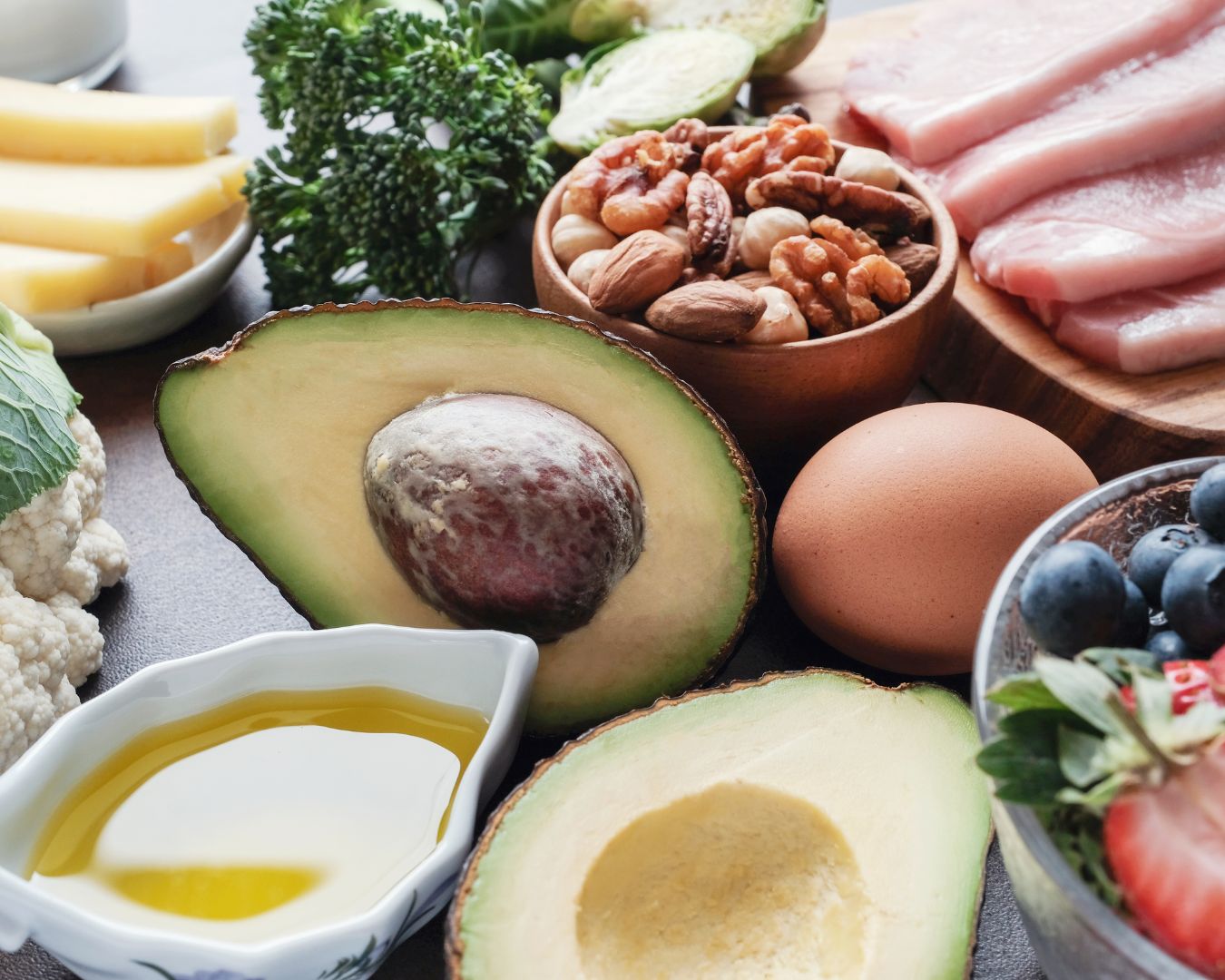Exploring the Low-Fat Diet: A Path to Health and Wellness
What is a Low-Fat Diet?
A low-fat diet is designed to limit the intake of fats, particularly saturated fats and cholesterol, to promote better health. By focusing on nutrient-rich foods that are naturally low in fat, this diet aims to support weight management, improve heart health, and reduce the risk of chronic diseases.
Key Principles of a Low-Fat Diet
- Limit Saturated Fats and Cholesterol: Saturated fats and cholesterol can contribute to heart disease and other health issues. A low-fat diet encourages reducing foods high in these substances, such as fatty cuts of meat, full-fat dairy products, butter, and certain oils.
- Emphasize Fruits and Vegetables: These nutrient-dense foods are naturally low in fat and high in vitamins, minerals, and fiber. Aim to fill half your plate with a colorful variety of fruits and vegetables at each meal.
- Choose Whole Grains: Whole grains like brown rice, quinoa, oats, and whole wheat products are excellent sources of complex carbohydrates and fiber. They provide sustained energy and support digestive health.
- Lean Proteins: Incorporate lean sources of protein such as skinless poultry, fish, legumes, tofu, and low-fat dairy products. These options help maintain muscle mass and support overall health without adding excessive fat.

Benefits of a Low-Fat Diet
- Heart Health: By reducing saturated fats and cholesterol, a low-fat diet can help lower blood cholesterol levels and reduce the risk of heart disease and stroke.
- Weight Management: Lower fat intake can lead to a reduction in overall calorie consumption, supporting weight loss and maintenance efforts.
- Improved Digestion: High-fiber foods, such as fruits, vegetables, and whole grains, promote healthy digestion and prevent constipation.
- Lower Risk of Chronic Diseases: A diet rich in plant-based foods and lean proteins can reduce the risk of developing chronic conditions like diabetes, hypertension, and certain cancers.
Tips for Following a Low-Fat Diet
- Read Labels: Check food labels to identify and avoid high-fat products, especially those with high levels of saturated and trans fats.
- Cook Smart: Opt for cooking methods like grilling, baking, steaming, or sautéing with minimal oil instead of frying.
- Substitute Wisely: Replace high-fat ingredients with healthier alternatives. For example, use Greek yogurt instead of sour cream, and avocado instead of butter.
- Plan Balanced Meals: Ensure each meal includes a variety of food groups to provide a well-rounded intake of essential nutrients.
- Stay Hydrated: Drink plenty of water throughout the day to support overall health and aid digestion.

Sample Low-Fat Meal Plan
Breakfast:
- Greek yogurt with fresh berries and a drizzle of honey
- A slice of whole-grain toast with avocado spread
Lunch:
- Grilled chicken salad with mixed greens, cherry tomatoes, cucumbers, and a light vinaigrette
- A side of fruit salad
Snack:
- Carrot sticks with hummus
Dinner:
- Baked salmon with a quinoa and vegetable stir-fry
- Steamed broccoli
Dessert:
- A bowl of mixed fruit
A low-fat diet focuses on incorporating nutrient-dense, low-fat foods such as fruits, vegetables, whole grains, and lean proteins. By limiting saturated fats and cholesterol, this diet supports heart health, weight management, and overall wellness. With thoughtful food choices and cooking methods, a low-fat diet can be both delicious and nutritious, paving the way for a healthier lifestyle.

